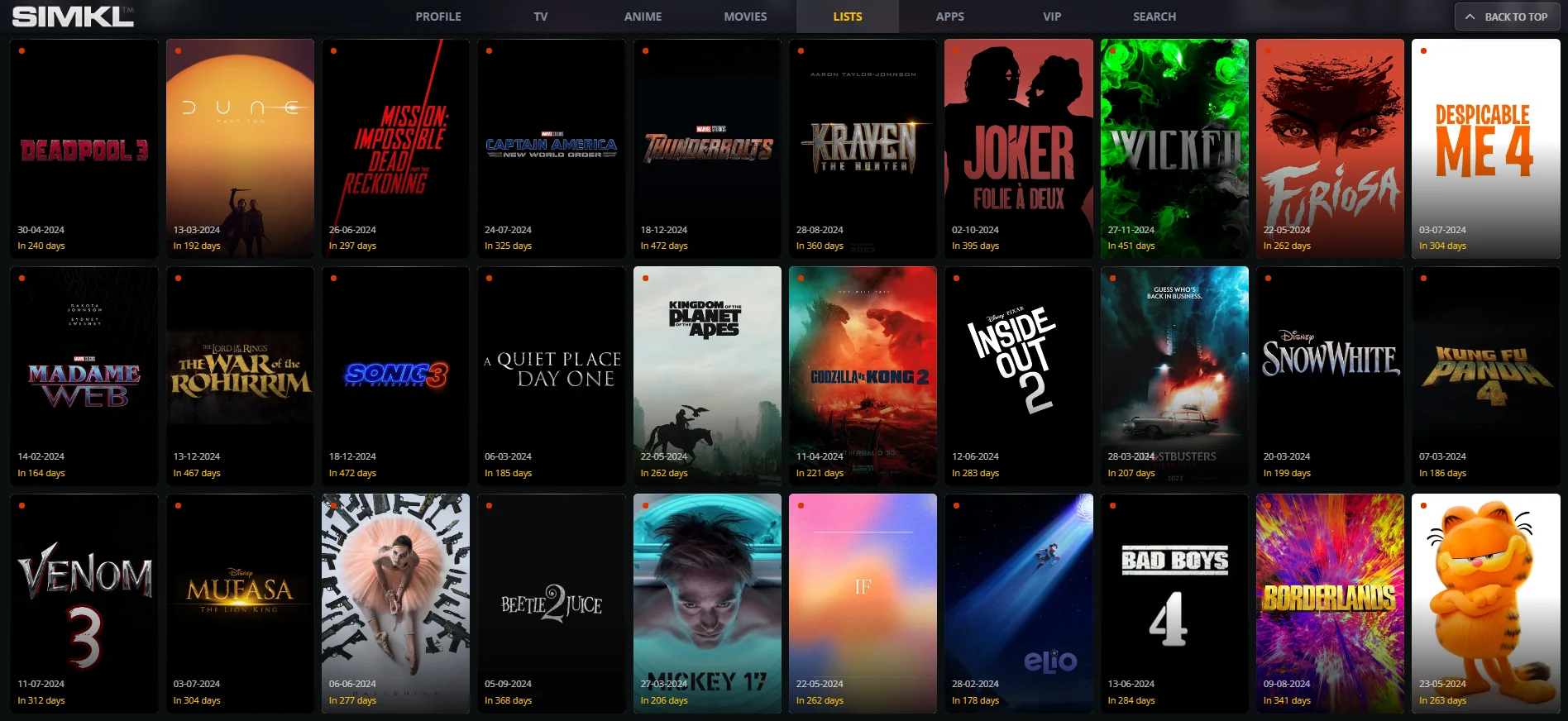The Best Practices to Develop iPhone Applications in 2025
This blog highlights the best practices for iPhone app development in 2025, covering essential strategies to create successful apps. From defining your app's unique value proposition to leveraging the power of Swift, optimizing performance, and embracing emerging technologies like AI and AR, the article offers valuable insights for developers. It also emphasizes the importance of user experience, security, and app store optimization to ensure your app stands out in the competitive iPhone app market. Regular updates, user feedback integration, and building a strong community are key to maintaining long-term success.

The iPhone app market is a dynamic and competitive landscape. To thrive in this environment, developers must prioritize user experience, performance, and innovation. In this detailed blog we’ll give you an overview of the best practices needed for providing top-tier custom iphone application development services and creating the best iPhone applications in 2025.
1. Define Your App's Unique Value Proposition (UVP)
Before embarking on the development journey, clearly define your app's UVP. What problem does it solve? What unique value does it offer users? How does it differentiate itself from competitors? A well-defined UVP serves as the foundation for the entire development process, guiding design, development, and marketing decisions.
2. Prioritize User Experience (UX) Design
A seamless and intuitive user experience is paramount for app success. Invest significant effort in UX research. Conduct user interviews, analyze competitor apps, and create user personas to deeply understand your target audience.
-
Focus on Usability: Make your app incredibly easy to navigate and use. Minimize the number of steps required to complete common tasks.
-
Embrace Intuitive Design: Employ clear and concise language. Utilize intuitive icons and navigation patterns.
-
Ensure Accessibility: Design your app to be accessible to users with disabilities, adhering to Apple's accessibility guidelines.
3. Leverage the Power of Swift
Swift is Apple's preferred programming language for iOS app development. It's a modern, fast, and safe language that offers excellent performance and developer productivity.
-
Utilize Swift's Features: Take full advantage of Swift's advanced features like generics, closures, and protocol extensions to write clean, maintainable, and efficient code.
-
Embrace SwiftUI: SwiftUI is a declarative framework for building user interfaces across all Apple platforms. It simplifies UI development with a concise and intuitive syntax, enabling developers to build beautiful and responsive UIs with less code.
4. Optimize for Performance
Performance is critical for a successful iPhone app. Users expect apps to load quickly and respond smoothly.
-
Optimize Images and Assets: Compress images and other assets to minimize file size and reduce loading times.
-
Implement Efficient Algorithms: Choose data structures and algorithms that minimize processing time and optimize resource usage.
-
Profile and Optimize Code: Utilize profiling tools to identify and address performance bottlenecks within your code.
5. Test Thoroughly
Rigorous testing is essential to ensure app stability and quality.
-
Conduct Unit Tests: Test individual components of your app to ensure they function correctly as expected.
-
Perform User Acceptance Testing (UAT): Get feedback from real users to identify any usability issues or areas for improvement.
-
Test on Different Devices and iOS Versions: Ensure your app works seamlessly on a variety of devices and iOS versions, including older models.
6. Embrace the Latest Technologies
Stay abreast of the latest iOS technologies to enhance your app's capabilities and provide users with cutting-edge experiences.
-
Explore ARKit and RealityKit: Leverage augmented reality to create immersive and engaging user experiences, such as interactive games, virtual try-ons, and educational applications.
-
Integrate with Siri and Shortcuts: Enable voice control and seamless integration with other apps, enhancing user convenience.
-
Explore Machine Learning: Utilize machine learning frameworks like Core ML to add intelligent features to your app, such as personalized recommendations, image recognition, and natural language processing.
7. Focus on App Store Optimization (ASO)
ASO is crucial for improving your app's visibility and discoverability in the App Store.
-
Choose a Relevant and Descriptive App Name: Select a name that accurately reflects your app's functionality and is easy to remember.
-
Write a Compelling App Description: Craft a concise and informative description that highlights your app's unique selling points and encourages users to download.
-
Utilize Relevant Keywords: Research and incorporate relevant keywords to improve your app's search ranking in the App Store.
-
Gather User Reviews and Ratings: Encourage users to leave reviews and ratings, as these play a significant role in app store rankings and user trust.
8. Prioritize App Security
Data security is paramount, especially in today's data-driven world.
-
Implement Secure Data Storage and Transmission: Employ strong encryption and secure storage mechanisms to protect user data.
-
Protect User Data with Strong Authentication: Implement robust authentication mechanisms, such as two-factor authentication, to protect user accounts.
-
Regularly Update Your App with Security Patches: Stay vigilant about security vulnerabilities and promptly release updates to address any identified issues.
9. Build a Strong Community
Engage with your users through social media, forums, and in-app feedback mechanisms.
-
Respond to User Feedback and Reviews: Actively listen to user feedback and address their concerns promptly.
-
Build a Loyal Community of App Users: Foster a sense of community around your app by engaging with users and building relationships.
10. Continuously Iterate and Improve
The app development process is an ongoing journey.
-
Regularly Update Your App with New Features and Bug Fixes: Continuously improve your app by adding new features, fixing bugs, and enhancing performance.
-
Monitor App Analytics: Track user behavior, identify areas for improvement, and make data-driven decisions to enhance user experience.
-
Stay Informed About the Latest Industry Trends and Best Practices: Keep abreast of the latest iOS technologies, design trends, and industry best practices to maintain a competitive edge.
By adhering to these best practices and staying informed about the evolving landscape of iPhone app development, you can increase your chances of creating a successful and impactful app in 2025 and beyond.
FAQs
-
What are the hottest trends shaping iPhone app development in 2025?
The iPhone app development landscape in 2025 is being shaped by several exciting trends. Artificial Intelligence (AI) and Machine Learning (ML) are increasingly used to create highly personalized user experiences, tailoring app content and functionality to individual preferences.
-
How much does it cost to develop an iPhone app in 2025?
The development cost is influenced by a multitude of factors. As a general guideline, relatively simple apps with basic functionality might fall within the $10,000 to $25,000 range. However, for more complex apps with intricate features, extensive design work, and advanced technology integrations, the cost can easily exceed $75,000 and potentially reach significantly higher figures.
-
What are the key benefits of developing an iPhone app in 2025?
-
Reach a large and engaged user base.
-
High potential for return on investment (ROI).
-
Enhanced brand recognition and customer loyalty.
-
Improved customer engagement and direct communication channels.
-
Opportunity to differentiate your business and gain a competitive advantage.
-
What are the essential skills and tools needed for iPhone app development in 2025?
-
Proficiency in Swift programming language.
-
Strong understanding of iOS development frameworks like UIKit and SwiftUI.Experience with Xcode, Apple's integrated development environment.
-
Knowledge of design principles and user interface/user experience (UI/UX) best practices.
-
Solid understanding of object-oriented programming concepts.
-
How can I ensure my iPhone app is successful in 2025?
To ensure iPhone app success in 2025, focus on delivering a seamless and intuitive user experience. Embrace emerging technologies like AI and AR to offer unique value and personalization. Prioritise robust security and data privacy, and continuously adapt to evolving user expectations and market trends through regular updates and feedback integration.
What's Your Reaction?


















